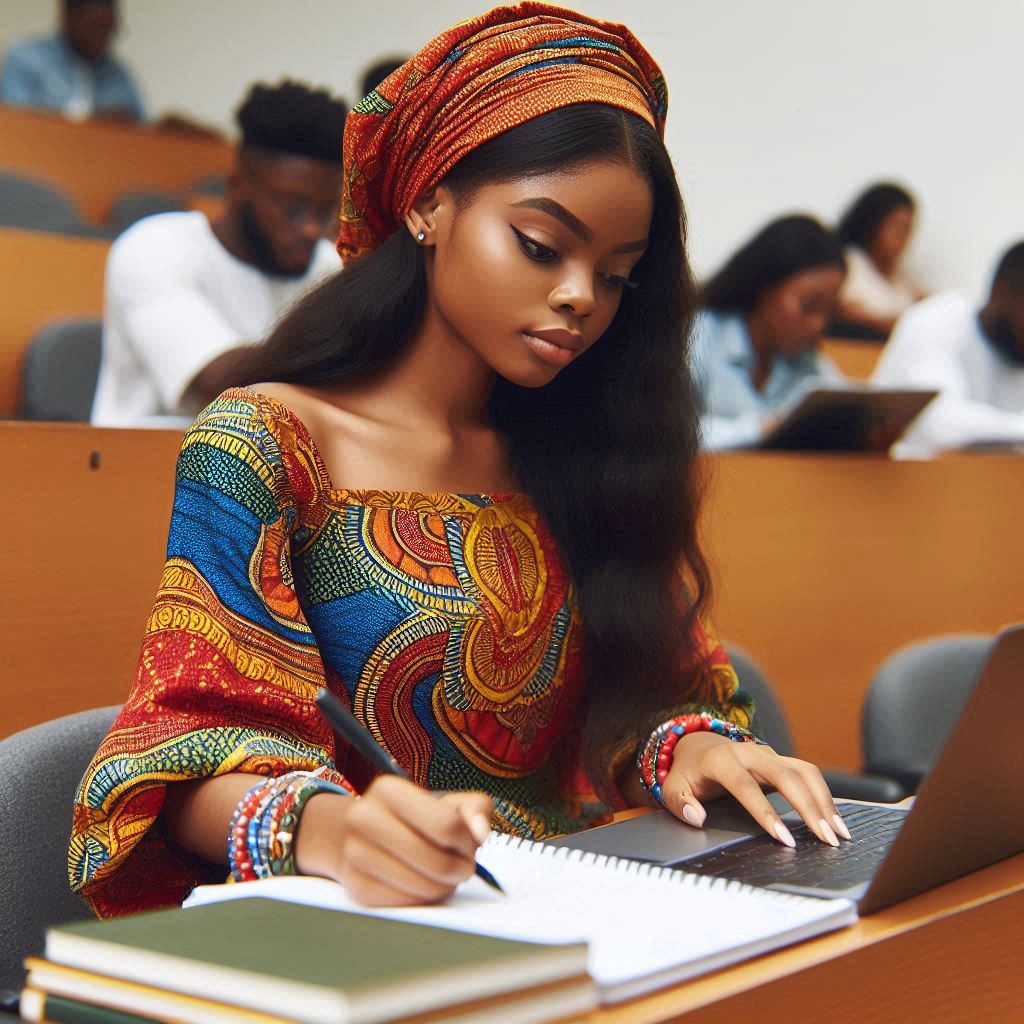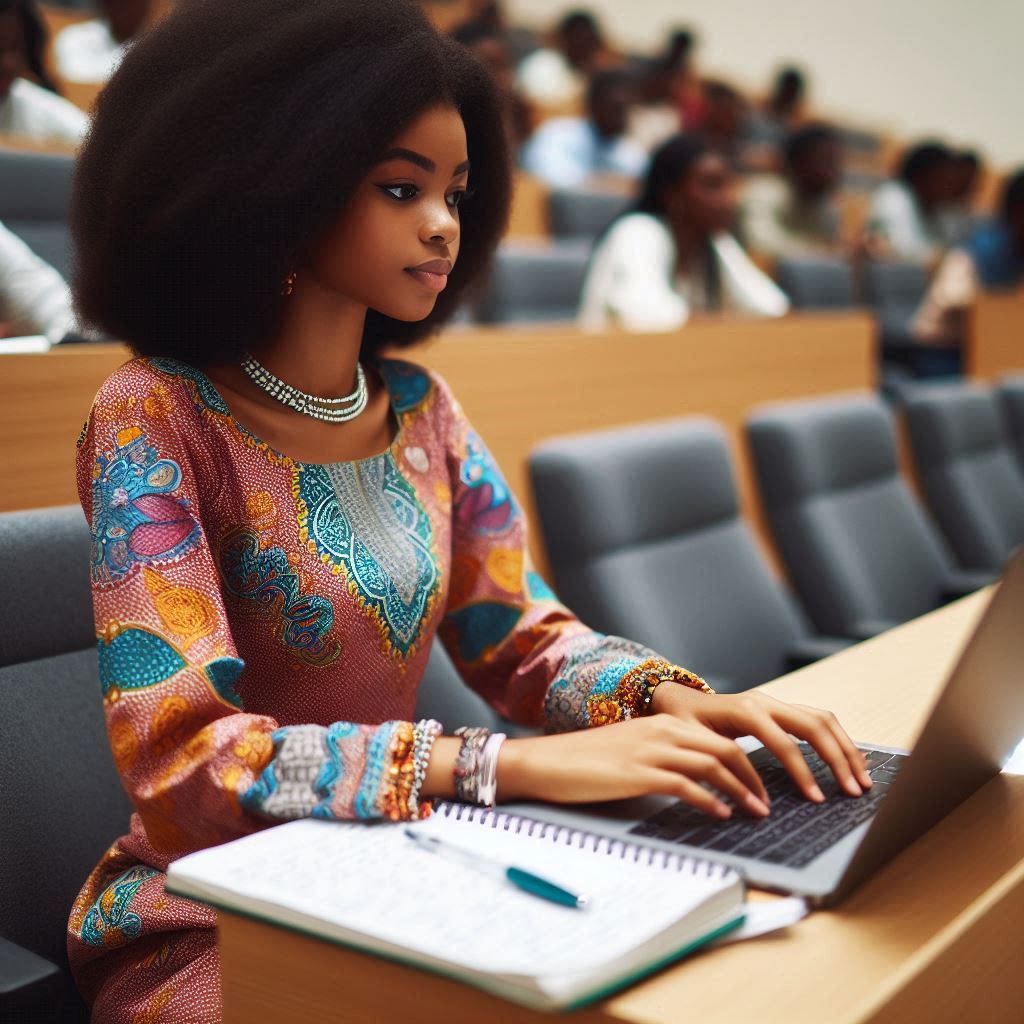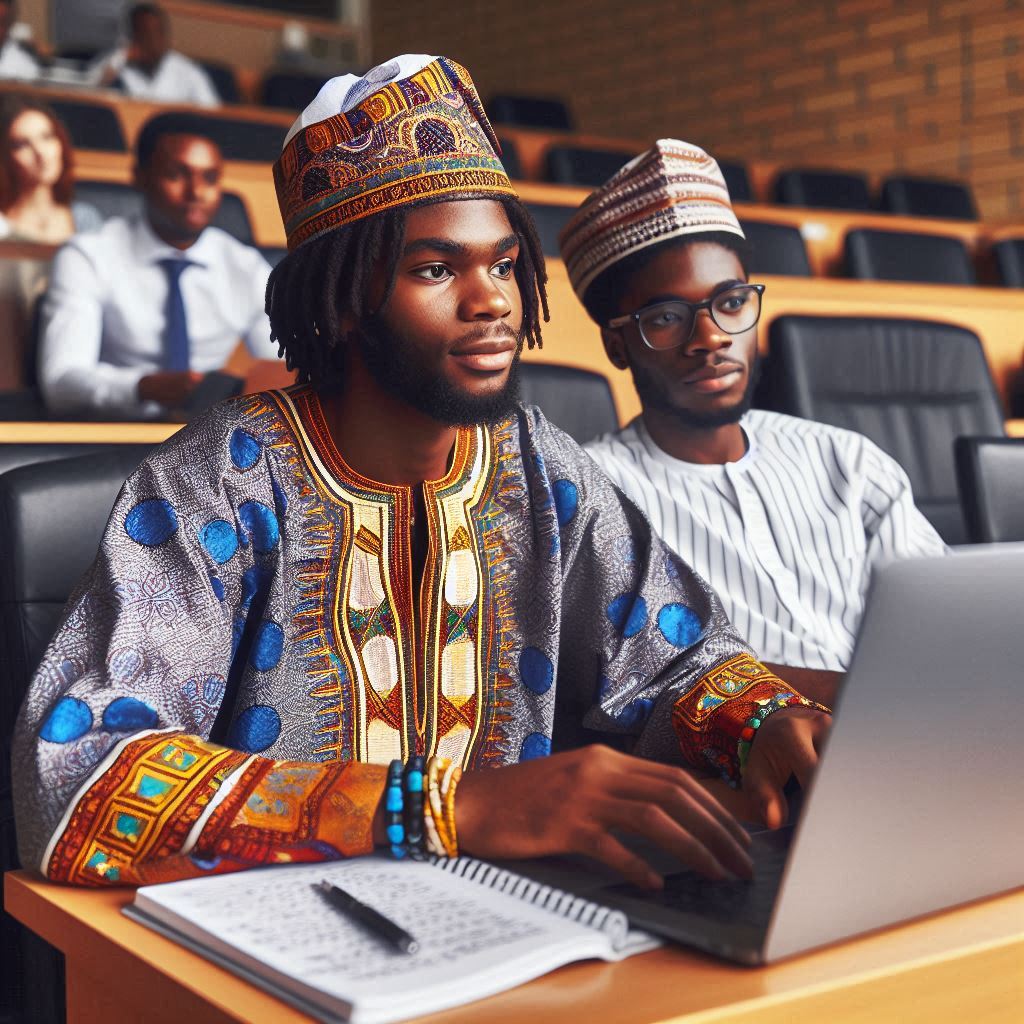Introduction
Digital art, an evolving field, merges technology with creativity. Artists use digital tools to create visual masterpieces. This art form spans various genres, from painting to animation and interactive installations.
Definition of Digital Art
Digital art refers to artistic works created or enhanced using digital technology. It includes 2D and 3D designs, animations, digital painting, and multimedia projects.
This form of art leverages software, computers, and digital devices for artistic expression.
Brief History of Digital Art
Digital art’s roots trace back to the 1960s with early computer-generated graphics.
Artists and programmers experimented with computer algorithms to produce art.
In the 1980s, advancements in personal computing democratized digital creation.
Programs like Adobe Photoshop revolutionized digital art, making it accessible to a broader audience.
The 1990s saw the rise of internet art, where artists explored the web as a medium.
Websites and online galleries became new canvases for digital artists.
By the 2000s, digital art had firmly established itself in the mainstream art world.
Artists began using tablets and styluses, offering greater precision and flexibility.
Importance and Relevance of Digital Art in the Modern World
Digital art plays a crucial role in contemporary society.
It bridges the gap between traditional art and modern technology.
This form of art offers endless possibilities for creative expression.
Digital art is highly accessible, allowing artists from diverse backgrounds to participate.
The tools needed for digital art are often more affordable and widespread than traditional mediums.
This accessibility promotes inclusivity and diversity in the art world.
Digital art also integrates seamlessly with other digital platforms.
Social media, virtual reality, and augmented reality offer new spaces for digital art display.
Artists can reach global audiences with ease, enhancing their visibility and impact.
In applied arts, digital tools streamline design processes.
Graphic design, advertising, and web design heavily rely on digital art techniques.
This reliance accelerates production and allows for real-time collaboration across the globe.
Education benefits from digital art as well.
Digital tools facilitate interactive learning experiences and creative problem-solving.
Students can experiment with digital mediums, gaining valuable skills for future careers.
Moreover, digital art plays a significant role in preserving cultural heritage.
Digital restoration techniques revive aging artworks and artifacts, ensuring their longevity.
Virtual museums and galleries make art accessible to anyone with an internet connection.
Evolution of Fine and Applied Art through Digital Technology
Art has been a significant form of expression for millennia, but with the advancement of digital technology, the world of art has been forever changed. Let’s delve into how digital art has evolved and revolutionized the fine and applied art industry.
Comparison between traditional art and digital art
- Traditional art involves physical materials like paint and canvas, while digital art is created using electronic devices.
- Traditional art often requires more time and resources, while digital art offers a quicker and more versatile process.
- Digital art allows for endless possibilities in terms of effects, colors, and overall creativity compared to traditional art.
- Traditional art focuses on the mastery of techniques, while digital art requires knowledge of software and technology.
How technology has revolutionized the art industry
Technology has had a profound impact on the art industry, transforming the way artists create and interpret their work. Here are some ways in which technology has revolutionized the art industry:
- Accessibility: Digital tools have made art more accessible to a wider audience, breaking down barriers to entry.
- Collaboration: Artists can now collaborate with others remotely through digital platforms, fostering creativity and innovation.
- Marketing: Social media and online platforms have revolutionized the way artists market and sell their work.
- Innovation: Technology has opened up new mediums and techniques for artists to experiment with, pushing the boundaries of traditional art.
Examples of famous digital art pieces and artists
There are numerous digital art pieces and artists who have gained recognition and accolades in the art world. Here are a few examples of famous digital art pieces and artists:
- Yayoi Kusama: Known for her immersive installations and mesmerizing digital art pieces.
- Beeple: A digital artist who made headlines for selling an NFT artwork for millions of dollars.
- Aaron Koblin: An artist who uses data visualization and digital technology to create stunning art pieces.
- Doug Aitken: Renowned for his innovative use of technology in creating immersive art installations.
These examples showcase the diverse and groundbreaking work being done in the realm of digital art, highlighting the endless possibilities and innovation that technology has brought to the art industry.
In essence, digital art has transformed the landscape of fine and applied art, offering new opportunities and avenues for artists to explore.
As technology continues to advance, we can expect even more revolutionary changes in the art industry, pushing the boundaries of creativity and expression.
Read: Developing Critical Thinking in Language Arts
Advantages of Digital Art
There are numerous advantages to creating art digitally, which have contributed to the rise in popularity of digital art in recent years.
Accessibility and Affordability of Digital Tools
- Digital tools are more accessible and affordable than traditional art supplies.
- Users can download software or apps to start creating digital art without investing in expensive materials.
- Artists from diverse backgrounds can access digital tools, democratizing the art-making process.
Versatility and Flexibility in Creating Art
- Digital art offers a wide range of tools and techniques for artists to experiment with.
- Artists can easily manipulate images, colors, and textures to achieve their desired effects.
- Artists can work in different styles and genres, expanding their creative possibilities.
Opportunities for Collaboration and Sharing within the Digital Art Community
- Digital platforms allow artists to connect with others from around the world.
- Artists can collaborate on projects, exchange ideas, and provide feedback in real-time.
- Artists can share their work on social media platforms, reaching a wider audience and gaining recognition.
In short, the advantages of digital art are vast and have revolutionized the way artists create and share their work.
The accessibility and affordability of digital tools, the versatility and flexibility in creating art, and the opportunities for collaboration and sharing within the digital art community have all contributed to the growth of digital art as a medium.
As technology continues to advance, digital art will continue to evolve, providing endless possibilities for artists to explore and innovate.
Read: Student Experiences: Life in Communication Arts
Challenges Faced in Digital Art
Creating art in the digital realm comes with its own set of challenges that artists need to navigate.
From copyright concerns to technical skills, digital artists face a unique set of obstacles that can impact their work and creative process.
Copyright and intellectual property issues
One of the major challenges in the world of digital art is navigating copyright and intellectual property issues.
With the ease of sharing and replicating digital files, artists need to be vigilant about protecting their work from being used without permission.
This can be a complex and at times frustrating process, as tracking and enforcing copyright in the digital space can be challenging.
Tech skills needed to master digital tools
Another challenge that digital artists face is the constant need to stay updated on the latest technology and software tools.
Unlike traditional mediums, digital art requires a certain level of technical proficiency to fully harness the capabilities of digital tools.
This means that artists need to invest time and effort into learning and mastering these tools, which can be a barrier for some creatives.
Balancing traditional art techniques with digital mediums
For artists who are proficient in traditional art mediums, transitioning to digital art can pose its own set of challenges.
Balancing the techniques and principles of traditional art with the possibilities offered by digital mediums can be a delicate balancing act.
Finding the right mix of these two worlds can be a challenging process, requiring experimentation and adaptation.
Most importantly, while digital art offers a wealth of opportunities and possibilities, it also comes with its own unique set of challenges.
From copyright concerns to mastering technical skills, digital artists need to be adaptable, innovative, and persistent in overcoming these obstacles to create impactful and meaningful work.
Read: Communication Arts: Balancing Theory and Practice

Gain More Insights: Strategic Studies: Conflict Resolution in Nigeria
Impact of Digital Art on Society
Digital art profoundly influences society by increasing accessibility, shaping popular culture, and addressing social issues.
This modern form of art democratizes creative expression, making it available to a wider audience.
Increased Accessibility to Art for a Wider Audience
Digital art eliminates geographical and economic barriers, allowing global access to artistic works.
Anyone with an internet connection can view, create, and share digital art.
This accessibility fosters a more inclusive and diverse artistic community.
Online platforms and social media showcase digital art, reaching audiences far beyond traditional galleries.
Artists can distribute their work globally without the need for physical exhibitions.
Digital art platforms also provide opportunities for emerging artists to gain exposure.
Interactive digital art engages viewers, offering immersive experiences.
These interactive elements attract new audiences, enhancing their appreciation of art.
Influence on Popular Culture and Design Trends
Digital art significantly impacts popular culture and contemporary design trends.
It seamlessly integrates with various media, from movies to advertising.
Digital artists create visually stunning special effects, revolutionizing the film and gaming industries.
These visual innovations set new standards and influence mainstream media.
Graphic design heavily relies on digital tools, shaping modern aesthetics.
Trends in digital art often dictate fashion, product design, and marketing strategies.
Social media platforms amplify these trends, spreading them rapidly across the globe.
Memes, digital illustrations, and viral art pieces become cultural phenomena.
Brands collaborate with digital artists to create eye-catching advertisements.
These collaborations infuse commercial content with artistic flair, capturing public attention.
Digital art’s versatility allows for endless creative possibilities, continually evolving popular culture.
Potential for Digital Art to Address Social Issues and Provoke Thought
Digital art serves as a powerful tool for social commentary and activism.
Artists use digital mediums to highlight pressing social issues and injustices.
Digital platforms provide a space for marginalized voices to share their perspectives.
Interactive and multimedia art projects engage viewers, sparking critical conversations.
Digital art can visualize complex issues, making them more relatable and understandable.
Infographics, digital murals, and animated videos effectively communicate messages.
Artists create thought-provoking works that challenge societal norms and provoke reflection.
These artworks inspire empathy, awareness, and action among viewers.
Digital campaigns and online exhibitions reach a broad audience, amplifying their impact.
Virtual reality (VR) and augmented reality (AR) offer immersive experiences that deepen understanding of social issues.
These technologies create empathetic connections, fostering a sense of urgency for change.
Read: Introduction to African and Asian Studies in Nigeria
Explore Further: Community Impact of Islamic Studies Graduates
Explore Further: Virtual Learning in African and Asian Studies
You Might Also Like: Notable Alumni of African and Asian Studies Programs
Future Trends in Digital Art
Integration of virtual and augmented reality in art creation
One of the most exciting trends in digital art is the integration of virtual and augmented reality in art creation.
Artists are now using these technologies to create immersive and interactive art experiences for viewers.
Virtual reality allows artists to create 3D environments that users can explore and interact with.
Augmented reality, on the other hand, overlays digital content onto the real world, creating a unique combination of digital and physical art.
By combining these technologies, artists can push the boundaries of traditional art forms and create experiences that were previously unimaginable.
This trend is likely to continue to grow as the technology becomes more accessible and affordable for artists of all levels.
Rise of NFTs (Non-Fungible Tokens) in the digital art market
Another major trend in digital art is the rise of NFTs, or Non-Fungible Tokens, in the digital art market.
NFTs are a type of digital asset that represent ownership of a unique piece of art or content.
They are stored on a blockchain, making them secure and tamper-proof.
These tokens have revolutionized the way digital art is bought and sold, allowing artists to sell their work directly to collectors without the need for intermediaries.
NFTs have also opened up new opportunities for artists to monetize their digital creations, leading to a boom in the digital art market.
Continued innovation in digital tools and software for artists
As technology continues to advance, artists have access to a wide range of digital tools and software to enhance their creative process.
From digital painting and sculpting tools to animation software and 3D modeling programs, artists can now create stunning digital art with ease.
These tools allow artists to push the boundaries of their creativity and experiment with new techniques and styles.
As software developers continue to innovate and improve these tools, artists can expect to see even more opportunities for creativity and expression in the digital art world.
Ultimately, the future of digital art is bright and full of exciting possibilities.
With the integration of virtual and augmented reality, the rise of NFTs in the digital art market, and continued innovation in digital tools and software for artists, the digital art world is set to thrive and evolve in the coming years.
Artists and art enthusiasts alike can look forward to a dynamic and vibrant digital art landscape, where creativity knows no bounds
Delve into the Subject: Scholarships for International Politics Students Nigeria
Conclusion
As we wrap up our discussion on the future of digital art, it is crucial to emphasize its significance in the art world.
Digital art has revolutionized the way artists create and express themselves, pushing the boundaries of traditional art forms.
For aspiring artists, exploring digital mediums opens up a world of possibilities.
The accessibility and versatility of digital tools allow for endless experimentation and innovation, providing a platform for artists to showcase their unique styles.
Looking ahead, the future of fine and applied art with digital technology is incredibly exciting.
With advancements in artificial intelligence, virtual reality, and augmented reality, the possibilities are endless.
Artists have the opportunity to create immersive experiences that engage viewers in new and dynamic ways.
In the end, digital art is truly reshaping the art landscape, offering new avenues for creativity and expression.
As we embrace the digital age, it is essential for artists to continue exploring and pushing the boundaries of what is possible.
The future of art is bright, and digital technology is at the forefront of this exciting evolution.




